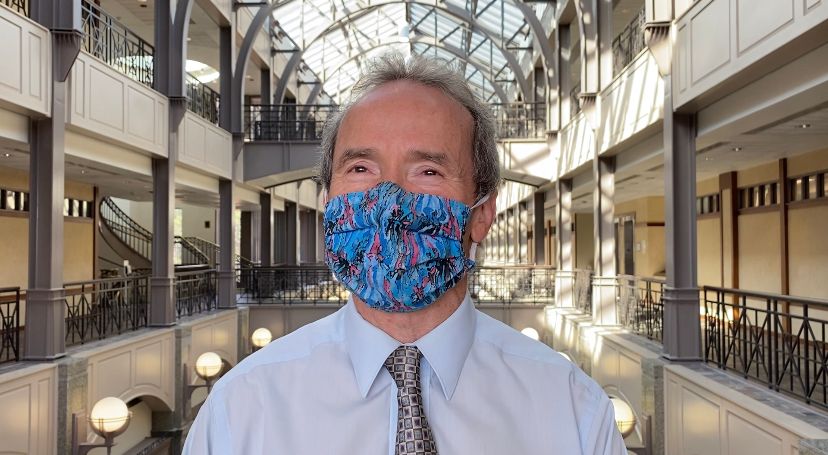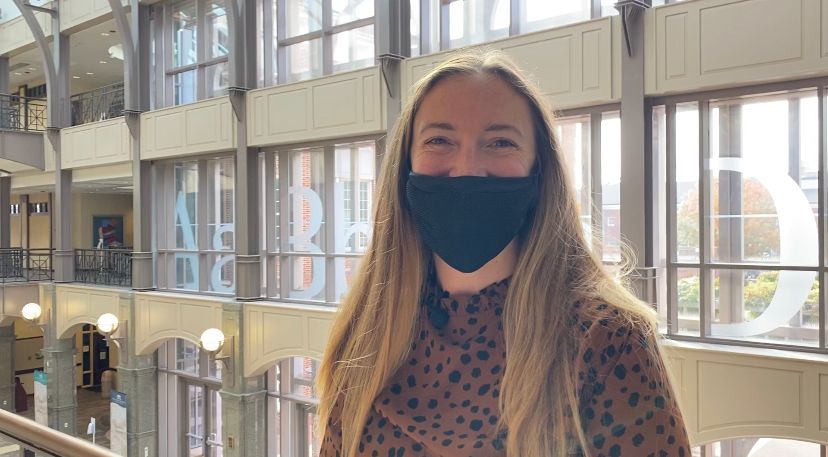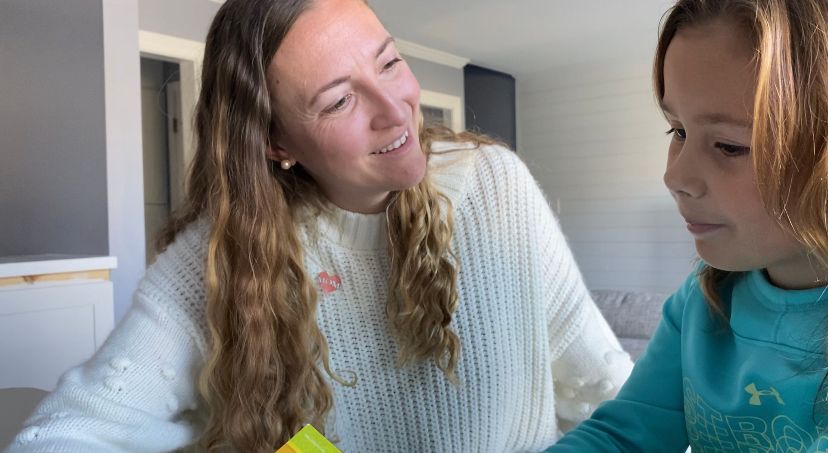WILMINGTON, N.C. — COVID-19 has, without a doubt, put a strain on education. With that strain, however, comes some teachable moments.
Robert Smith teaches at the Watson College of Education at the University of North Carolina Wilmington and prepares students to become future teachers. He said the impact of COVID-19 on education has been significant.

“Schools were hugely impacted by COVID. It’s the most significant disruption to public education that schools have ever experienced,” Smith said. “Having to go overnight from in-person learning, students in classrooms in buildings, to overnight students were forced to be online and teachers forced to have to teach online.”
Although the pandemic caused disruption, it also allowed for some teachable moments.
“This was a rare opportunity for our educational leaders to take this chance to think about how can we do education differently given what we’ve seen and what happened during COVID," he said.
Smith, along with Kylee Maarschalk, a teacher at New Hanover County High School and part of the UNCW’s Master Teachers program, conducted a survey, asking 150 teachers for their feelings on the learning environment, technology access, assessments and their students’ well-being. Those questions are often posed to officials but not to teachers who are in the classroom today.

“I would read all these academic journals and papers that say this is the state of education, but where is the teacher?” Maarschalk said. “This is all coming from universities and people that haven’t sat in a regular classroom in quite some time. Where is the teacher voice?"
"I was so encouraged and so inspired by this process with Dr. Smith so that we could sit down and collaborate and really hear teachers,” Maarschalk said.
And what they heard is feedback that can greatly improve education.
According to their research, 86% of surveyed teachers said students need to take more ownership of their learning, 100% said there are gaps in support for underrepresented students, and 94% said students should be able to meaningfully demonstrate their learning instead of using a standardized test.
Only 29% of surveyed teachers said they felt optimistic about the future of public education.
Maarschalk is not only a teacher for New Hanover County Schools, but a mother as well.

She sees the importance of change in the classroom firsthand. She knows that change will come when teachers are able to be heard and that their voices are getting louder because of the pandemic.
“We could enlighten people on the real pulse of education right now, on how things can improve and here’s some best practices that are the boots on the ground, so to speak. And I think a lot of it comes from that place of we just want to see things get better,” Maarschalk said. “We all want to see that education is growing so that as these guys get older, they’re in a competitive marketplace for jobs, whatever their passions can be, and they’re just learning about those passions in our classrooms today. We just need to be trusted.”
Smith and Maarschalk’s four key finding from the survey are:
- Classrooms need to be more student-focused
- Opportunity gaps need to be addressed
- Collaborative approaches should be supported
- Teachers need to be trusted and valued with their approaches to improve learning
You can learn more about their study here.



